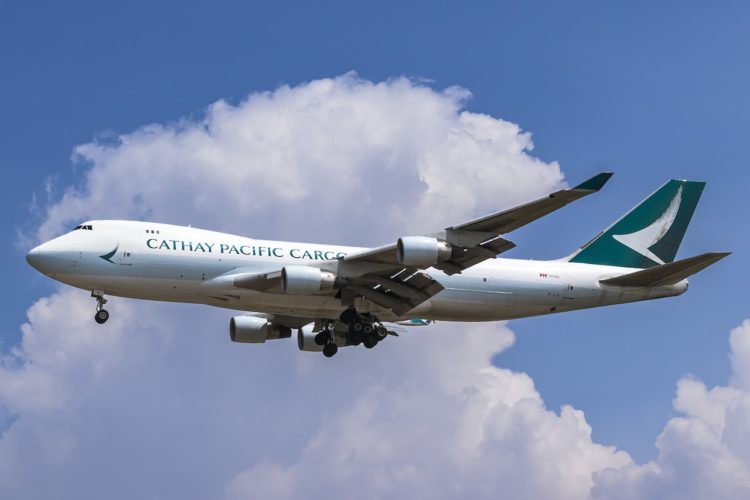Accenture notes that the pandemic has put pressure on organisations and industries to reduce overall costs to outweigh missing revenues. Within in the travel industry, operational deficits caused by staff shortages have negatively impacted processes, costs, and customer experiences.
In reporting a loss of nearly HK$5 billion during the first half of 2022, Patrick Healey, Cathay Pacific chairman, said: "The unprecedented disruption caused by COVID-19 to the global aviation industry and the subsequent travel and operational restrictions around the world have continued to affect our business severely. Notwithstanding these challenges, the situation did improve as 2021 progressed. The second half of the year is traditionally stronger than the first half, and this was the case for us in 2021."
August 2022 data from the International Air Transport Association (IATA) reveal that international traffic rose 11.5% compared to August 2021 with airlines in Asia delivering the strongest year-over-year growth rates.
With this growth, Cathay is anticipating an increase in the volume of call and chat traffic, with post-Covid travel enquiries already growing rapidly in the past few months. The airline has also seen a shift in customer behaviours, turning from traditional hotlines to digital channels such as WhatsApp and WeChat for more instant responses.
The carrier reported that digital channel usage has experienced a monthly growth of 10-20% over recent months, as Cathay continues adding more flight capacity.
Tech investments to enhance customer experience
Chatbots have become a popular addition to many organisations to supplement customer engagement channels. The theory is that chatbots can automate tasks performed frequently. This enables employees to focus on more critical and complex operations.
Data from Userlike suggests that up to 80% of internet consumers have used a chatbot at least once. A report by Com100 suggests that chatbots are capable of handling full conversations with customers and do so almost 70% of the time.
According to Cathay Pacific, more than 50% of its customer care chats are now handled by AI chatbots, and the company is continuously working to identify insights from its conversations to improve the accuracy of the chatbots and deliver an even better digital experience to customers.
Bots need training too
However, to be effective at their jobs, bots need to be trained. This is even more complicated when it comes to handling human queries, as in the customer of an airline’s customer service channel.
For an AI chatbot to deliver a superior digital experience, it is important to feed it with high-quality data so that it can understand what people are asking, and why, to provide proper responses.
Such chatbot training is often time-consuming and expensive, requiring human “AI Trainers” to look at historical data to see how customers interacted with the chatbot, manually extract, clean, and annotate useful portions of this historical data, and then feed it back into the chatbot for learning.
Cathay Pacific has partnered with Hong Kong-based Fano Labs, to launch what the two claim as the first Conversational AI Training Excellence platform that uses AI technologies to train AI chatbots.
The “Trainer AI” leverages Fano Labs’ Callinter product to analyse interactions with customers, including voice calls, live chats, WeChat messages, and WhatsApp messages, and automatically group these data into different categories for further processing, before presenting the results to a human supervisor for review and approval. The AI chatbot then learns from the data extracted by the trainer AI.
With this system in place, Cathay expects to reduce the time needed to train chatbots by 50%, meaning a regular 4-6 week learning cycle will be shortened to 1-2 weeks only. The solution enables Cathay to take on a significantly greater volume of training data and ramp up its ability to discover new topics and improve the accuracy of chatbot responses.
At present, training is provided in English, Traditional Chinese and Simplified Chinese. The company said it would add new language support based on chat volume.
Beyond chatbots
Cathay is also exploring the use of AI across different parts of the business. One application is to use AI to inform which destinations are displayed on its home page to provide better offers to customers.
“We are also exploring how to leverage our extensive operational data to predict delay risks to our schedule and inform our front-line teams so that they can more proactively plan mitigation measures.”
Cathay Pacific





